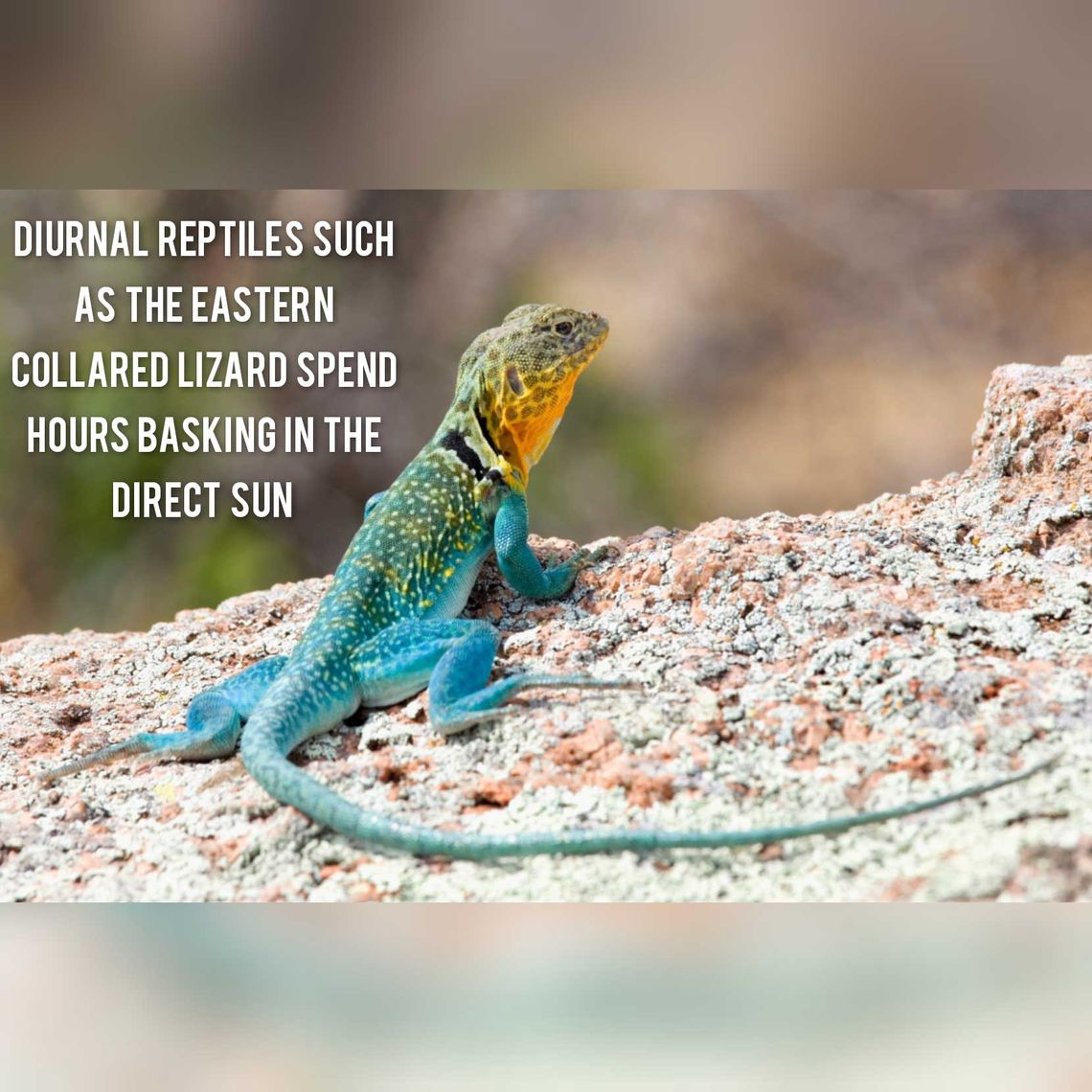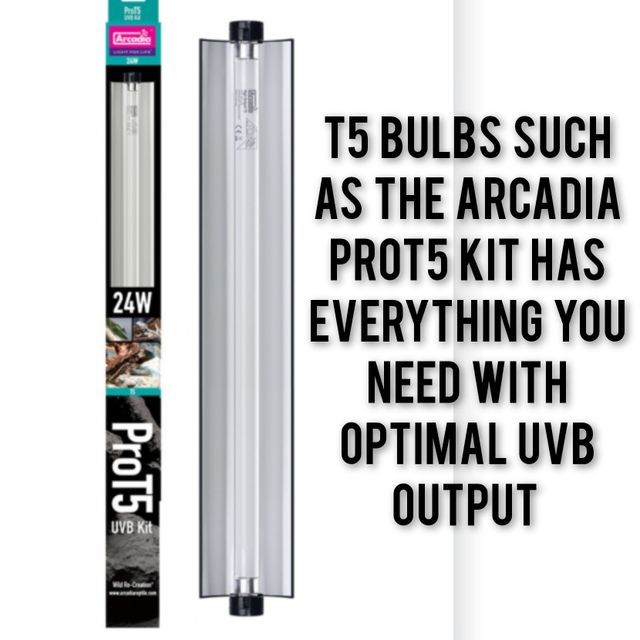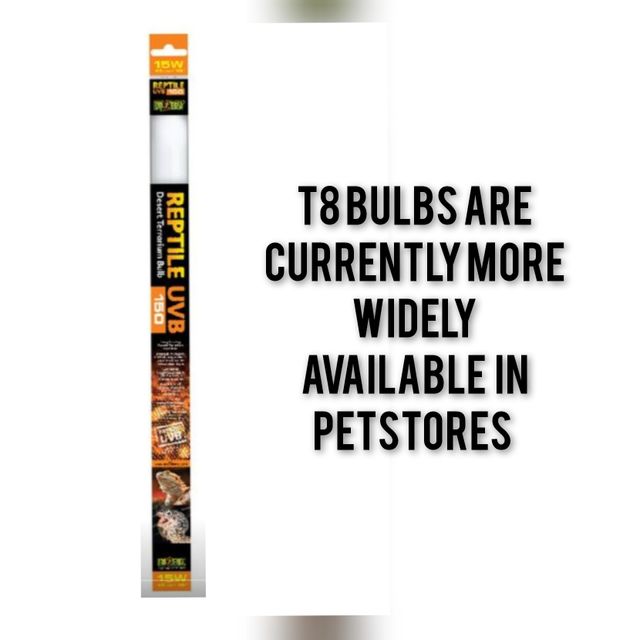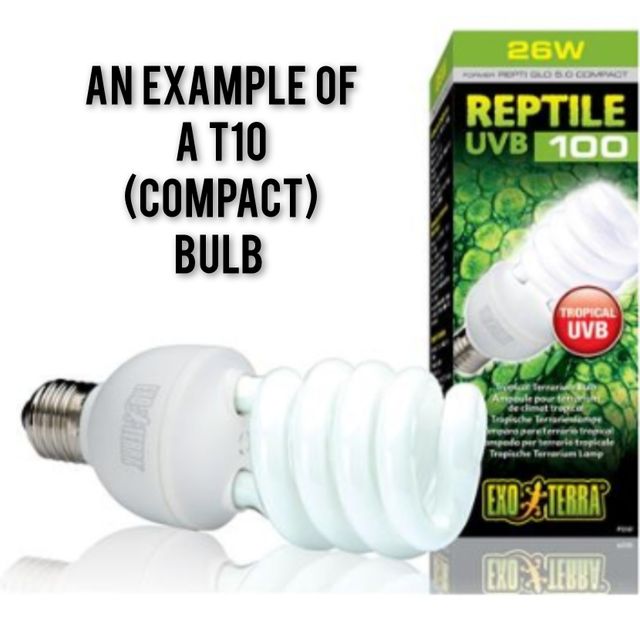
15/02/2022 by Caroline & ReptiFiles.com 0 Comments
Why All Pet Reptiles Need UVB Light
The question shouldn’t be: “Should I provide UVB?” It should be: “How much?”
This blog takes excerpts from www.ReptiFiles.com with permission. Please visit the links below to read the full articles.
The Mounting Evidence of the Benefits of UVB for all Reptiles
There is significant evidence in scientific literature to suggest that all reptiles need UVB light, and UVB provision should be more commonplace in both zoological collections and the reptile industry than it is now.
It could also be argued that not doing so fails conditions of animal welfare legislation. The provision of UVB should not be considered a supplementary measure, but a necessary part of herpetological husbandry regardless of the species in question. Giving the option to use UVB should be just as commonplace as giving the option of multiple hides.
Give them what they’d have in the wild!
Providing UVB at levels similar to what each species experiences in its wild habitat could be argued as an essential part of replicating the species’ natural environment. Providing UVB light for reptiles complies with the need for a suitable environment, the need to be able to exhibit normal behaviour patterns, and the need to be protected from pain, suffering, injury, and disease.
A gradient of ultraviolet light and visible light is just as important as various basking spots and thermal gradients. These should coincide with the thermal gradient to encourage natural behaviours.
Everyone needs UVB
If this is to be considered baseline satisfactory welfare, then the provision of artificial UVB must become a necessary component of captive husbandry, not just an option. It must become acknowledged that all reptiles need UVB light, not just some.
For example, the age-old of argument of, “It’s nocturnal—it doesn’t need UVB,” is rendered redundant when studies testing for a rise in 25-hydroxyvitamin D in nocturnal and crepuscular species such as Burmese Pythons (Python bivittatus), Leopard Geckos (Eublepharis macularius), and Corn Snakes (Pantherophis guttatus) all show a positive correlation between UVB and high 25-hydroxyvitamin D levels.
Why is UVB lighting and Vitamin D3 So Important?
UVB (combined with heat) is required for the creation of vitamin D, and in turn, it is required for the healthy function of many associated metabolic processes. After getting processed into its usable form by the liver, vitamin D plays essential roles in a reptile’s brain, heart, lungs, kidneys, bones, immune system and digestive system.
Additionally, UVB exposure plays an important role in boosting immune response, stimulating beta endorphin production, and increasing pigmentation (colour).
UVB lamps are expensive. Why not just give them vitamin D in their food?
1. Because “homemade” vitamin D (from the sun or artificial UVB lights) is more available for the reptile’s body to use, and thus more effective. In one study, corn snakes exposed to UVB had higher (read: healthier) levels of vitamin D than those which had no UVB lighting and only received vitamin D from their food.
2. Because cellular vitamin D production is self-regulating, so when adequate UVB lighting is provided, it is impossible for a reptile to develop a vitamin D deficiency or toxicity. The reptile creates exactly the amount of vitamin D that its body needs.
But some reptiles don’t need UVB, right?
Wrong!
If you keep snakes or crepuscular lizards like crested geckos or leopard geckos, you may have heard people emphatically assert that these species “don’t need UVB,” that it’s a “waste of money,” that it “hurts their eyes,” etc.
This is a very outdated approach, and more folklore husbandry than scientific fact. In fact, a mounting number of modern studies are proving the benefits of providing UVB to captive species that don’t ordinarily get UVB.
Nocturnal animals DO bask in their own way
Outside of formal research, many reptile keepers have observed daytime basking behavior in nocturnal species that have been provided with UV lighting. Although they may not bask as openly as bearded dragons or Ackie’s monitors, they will cryptically bask by strategically exposing parts of their bodies to UV while keeping the rest hidden. This is a strategy evolved in the wild to help them get benefits from sunlight without making themselves vulnerable to predators.
What is the best type of UVB light for my reptile?
There are many different types of UVB bulbs available for reptiles on the market. It can be intimidating when first seeing the vast range of screw-in, tube and LED variations but we’re here to help! Ensure you are getting your information from reliable, knowlegable sources before choosing the UVB bulb for your pet.
1. Flourescent Liner Bulb – T5
a. Pros: optimal UVB output and coverage; the latest in UVB technology; lots of T5 systems have the controller built into the unit meaning you don’t need an additional controller therefore it costs less and takes up less room; can provide excellent UVB output for animals through wire mesh outside the enclosure (for example the wire mesh roof on a glass Exo Terra terrarium), bulbs only need to be replaced once a year (on average); there is no ‘flickering’ of light as reported from T8 bulbs.
b. Cons: slightly less energy efficient than T8 bulbs
2. Flourescent Linear Bulb – T8
a. Pros: much better range of UVB output compared to T10 (screw-in) bulbs; readily available in most petstores.
b. Cons: need to be replaced every 6 months (on average); needs to be inside the enclosure to provide adequate UVB output; cases of bulb ‘flickering’ are common which can stress your animal (and your wallet!)
3. Screw-in (compact) Flourescent Bulb – T10
a. Pros: universal fitting, takes up less space than a linear bulb
b. Cons: expensive for what you’re getting; 99% of the time they don’t give the adequate amount of UVB for the species; UVB range is very small therefore your animal may not be receiving any benefit; need to be replaced at least every 6 months (on average)
When in doubt, keep in mind that all reptiles are exposed to the sun at some point or other in their natural habitat. Even those that seem to spend most of their time in holes or caves are indirectly exposed to small amounts of beneficial sunlight that reflects off rocks and other surfaces in the environment and into their hiding space.
FACT: If roles were reversed and reptiles were keeping pet humans, we would need artificial UVB lighting too!
Links:
https://reptifiles.com/reptile-uvb-light-necessity/





Comments
Leave a comment